May 30, 2025
Experience the Magic of Monsoon in Delhi
CM Content Team

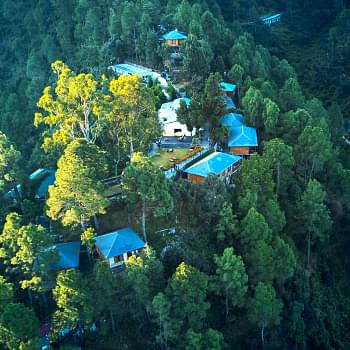
View all
140+
Resorts
May 30, 2025
CM Content Team
As summer begins to retreat and the heat-stricken land starts to cool, Delhi finds itself wrapped in the arms of an old, familiar visitor, the monsoon. The arrival isn’t quiet or subtle. It’s bold, dramatic, and instantly felt. The sky darkens in broad daylight, the wind picks up pace, and suddenly, the parched city is bathed in a downpour that seems to wash away months of dust and fatigue.
The monsoon in Delhi is more than a seasonal shift. It’s an atmospheric transformation that touches every part of life.
Yes, the season does come with challenges, a flood in Delhi or sudden waterlogging is not uncommon, but those minor disruptions don’t dull the season’s charm. In fact, they add to its rhythm. For every puddle that appears on the streets, there's a story unfolding nearby: a couple sharing an umbrella, children floating paper boats, or a chaiwala pouring out piping hot tea beside a rain-drenched metro station.
If you’ve never experienced Delhi in the rain, you’re missing one of the city's most enchanting moods. This guide will take you through everything you need to know, the feeling, the flavour, and the must-visit places that are transformed by the monsoon.
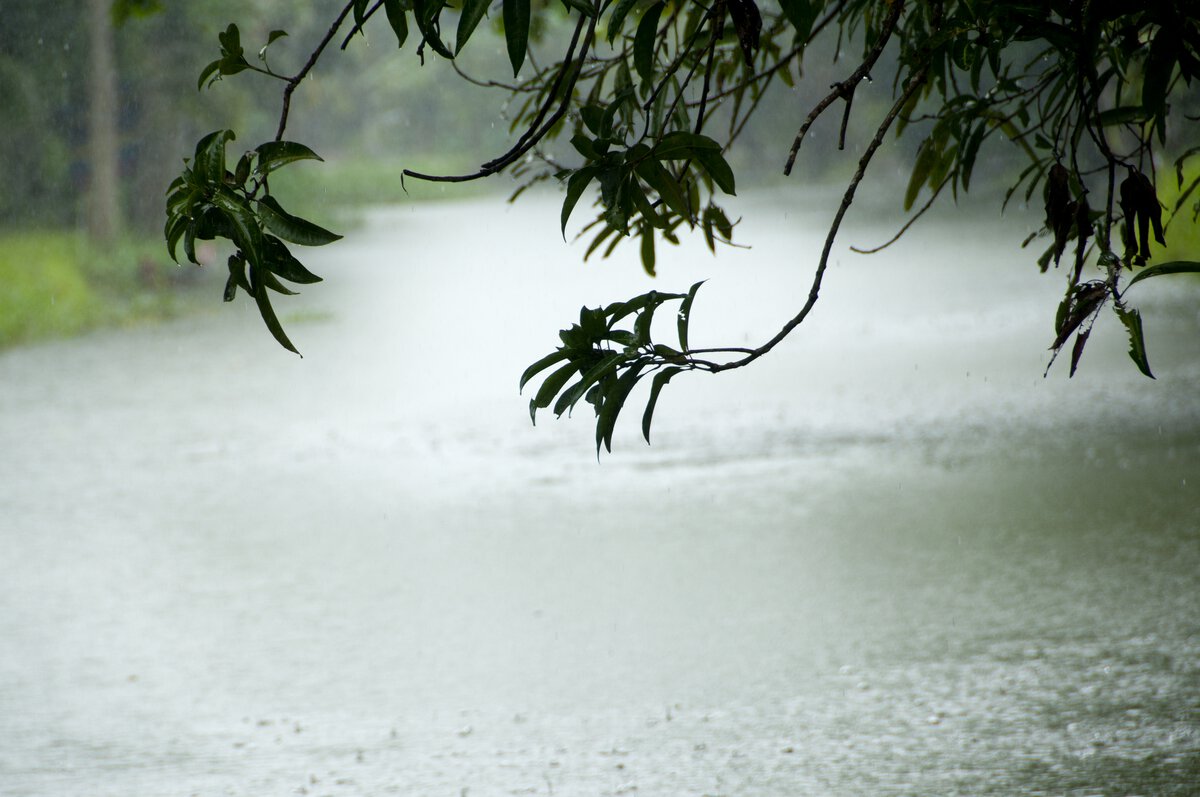
From late June to early September, the capital of India undergoes a complete sensory shift. The monsoon in Delhi is a revival of air, of earth, and of emotion. After months of oppressive summer heat, the first rainfall isn’t just welcomed, it’s celebrated.
The romanticism of the rains in Delhi is real, but so are the practical difficulties. Flood condition in Delhi often leads to delays in public transport, power outages in some areas, and roads that become miniature rivers. Yet, through all of this, Delhiites don’t stop; they adapt. You’ll find people pulling up their pants and walking barefoot through waterlogged alleys, auto-rickshaws covered in makeshift plastic roofs still shuttling passengers, and residents helping each other push stalled vehicles through water. It’s this resilience, this collective shrug and smile in the face of inconvenience, that gives Delhi its unique monsoon character.
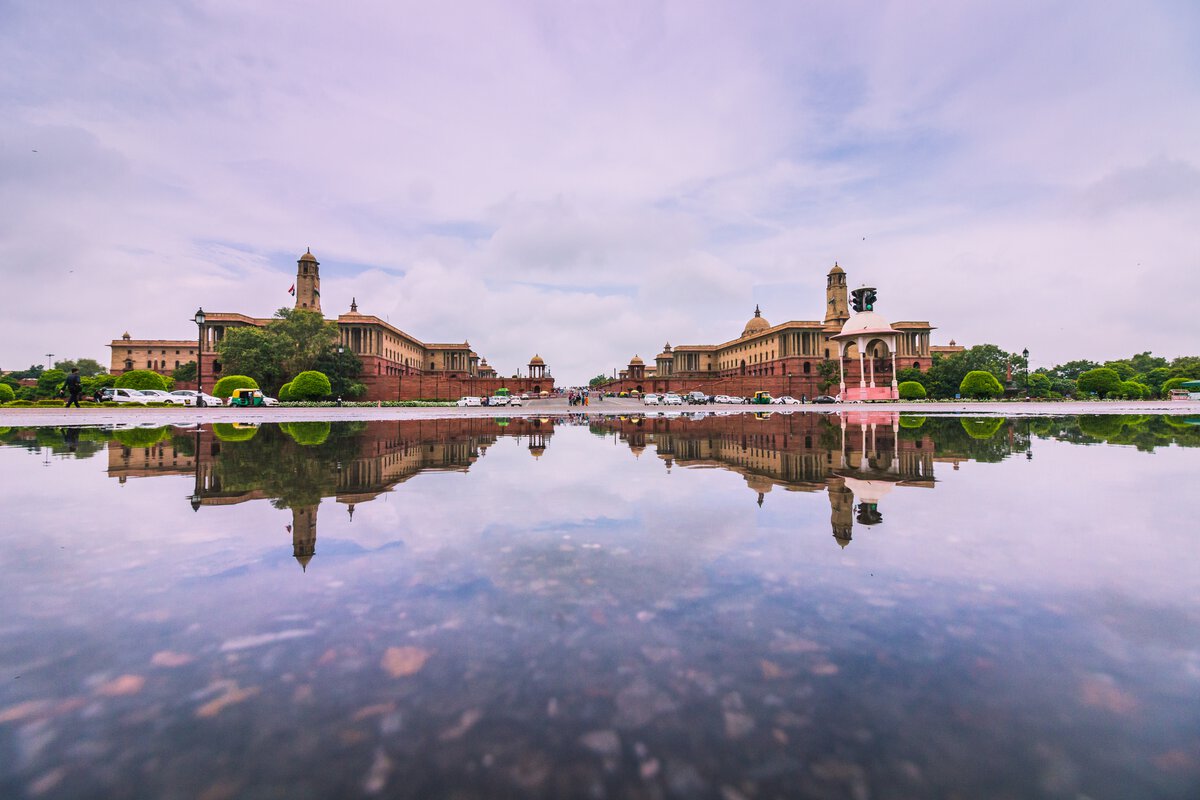
When the rains arrive, some places in Delhi come alive in a way that’s hard to describe. These aren’t just tourist spots, they’re experiences, best felt under grey skies and light drizzle.

Joggers move slower, dog walkers carry umbrellas, and couples find a quiet bench to sit and listen to the rain. It’s a place where history and nature meet, and during monsoon, both seem more alive than ever.
Why visit in the monsoon?
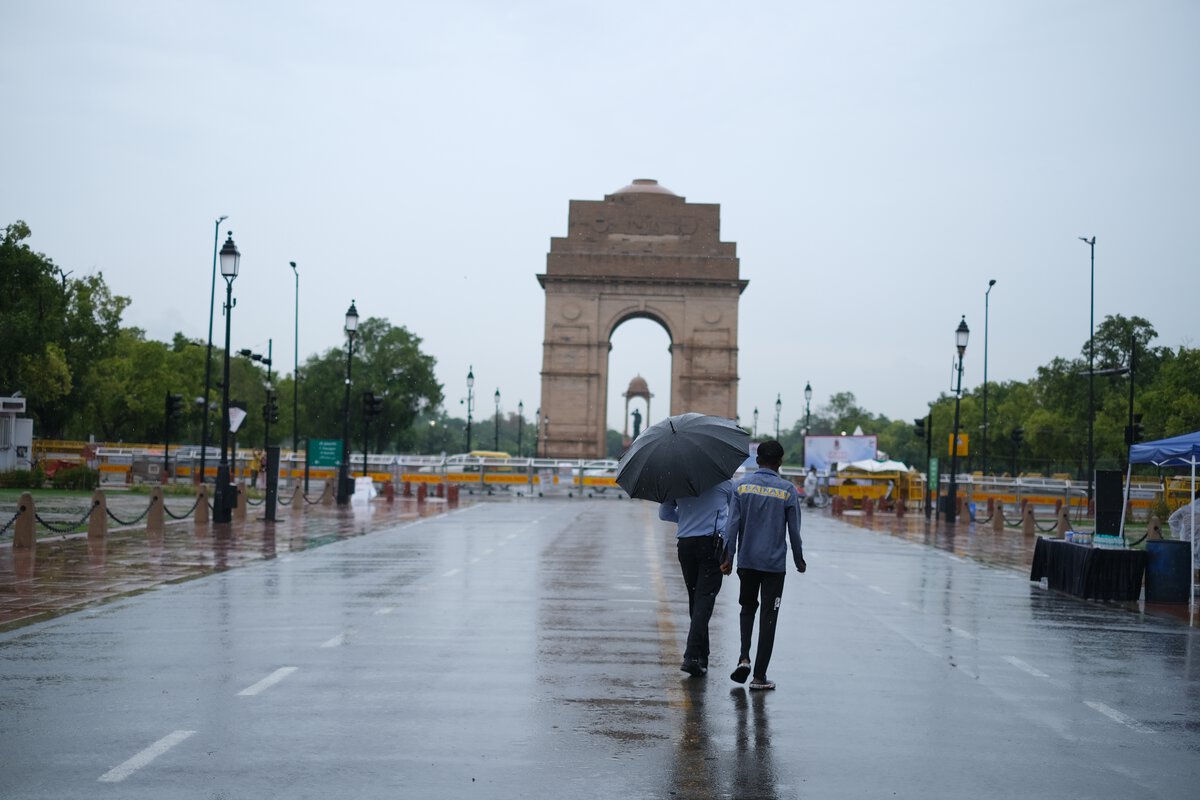
Watching rain fall on old monuments is a unique experience. The rain highlights the details in the stone and makes everything look fresh and alive. During monsoon, these historical places feel more real and connected to the present. It’s a good time to see their beauty in a calm and quiet setting.
This UNESCO World Heritage site is a year-round marvel, but the monsoon turns it into something dreamlike. The lush Charbagh-style gardens bloom with life, and the red sandstone of the tomb takes on a deeper hue as the rain slicks its surface.
As you walk the long path towards the tomb, framed by trees and fountains, it’s hard not to feel a sense of peace, the kind that only rain and history can bring together.
What makes it special in the rain?
There are fewer tourists during the monsoon, which makes the place feel more peaceful. The combination of wet trees and historic buildings creates a beautiful contrast. Light rain adds to the calm atmosphere, making it a pleasant spot for a walk. It’s a quiet and refreshing way to explore Delhi’s rich history.
A rainy evening near India Gate is like watching a live painting evolve. The monument looms proud and silent as children run around in the puddles at its base. The path stretching from India Gate toward Rashtrapati Bhavan gleams with water, doubling the reflection of lampposts and the flame at Amar Jawan Jyoti.
Vendors pop up with peanuts, kulfi, and chai. Families gather with raincoats and picnic mats. In the backdrop of a steady drizzle, conversations take on a softer tone, and even the city’s political heart begins to feel intimate.
What makes it special in the rain?
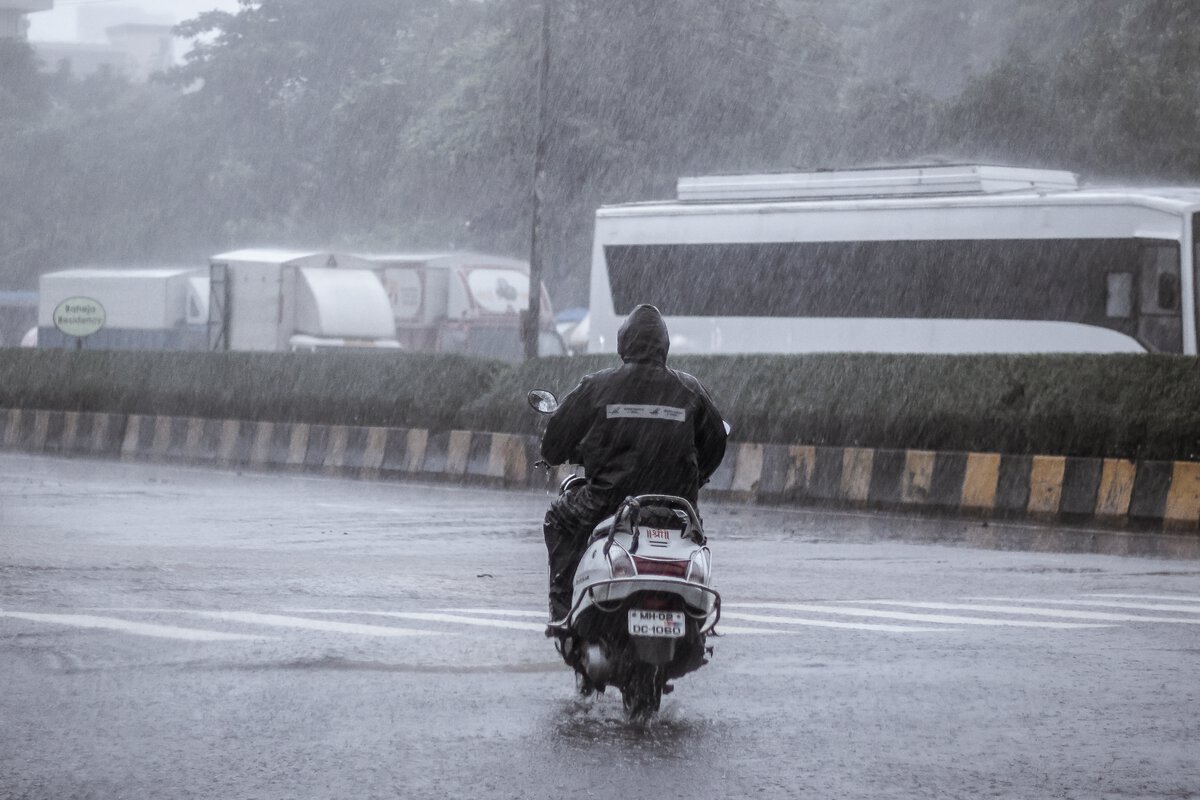
During the rain, India Gate and Kartavya Path look fresh and clean. The road shines with water, and puddles reflect the lights and the monument. The area becomes less crowded, and people walk around with umbrellas, enjoying the cooler weather. Kids often play in the puddles, making it a fun and lively place even in the rain.
Hauz Khas during monsoon is less nightlife, more nature. The ancient lake fills up and reflects a grey, moody sky. The surrounding deer park becomes a lush labyrinth of wet leaves and quiet paths. And the ruins, oh, the ruins, stand tall and romantic, like a medieval postcard soaked in poetry.
When you're done exploring the historic cluster, step into a nearby café, order a hot chocolate or masala tea, and gaze out through fogged-up windows. Rain and ruins make for perfect company.
What makes it special in the rain?
During the monsoon, Hauz Khas Village becomes calm and refreshing. The lake fills up, and the surrounding greenery looks more vibrant. The old fort and pathways are quieter, making it a nice spot for a peaceful walk. Cafés nearby offer a cosy break from the rain with warm drinks and great views.
Few places are as underrated as Yamuna Ghat during the rainy season. As the river rises and clouds hang low, the ghats become wrapped in an ethereal light. Early in the morning, seagulls gather above the water and boatmen prepare their crafts while incense burns quietly at temples nearby.
There’s a spiritual quietness here, despite the city noise not far away. It’s a place to reflect, to observe, and to feel deeply connected to something larger, the rain, the river, or perhaps just a simpler way of life.
What makes it special in the rain?
During the monsoon, the water level at Yamuna Ghat rises, and the surroundings feel more peaceful. Fewer people visit, so it’s quieter and easier to explore. You can see daily rituals happening along the river, even during light rain. It’s a calm spot to experience a different, slower side of the city.
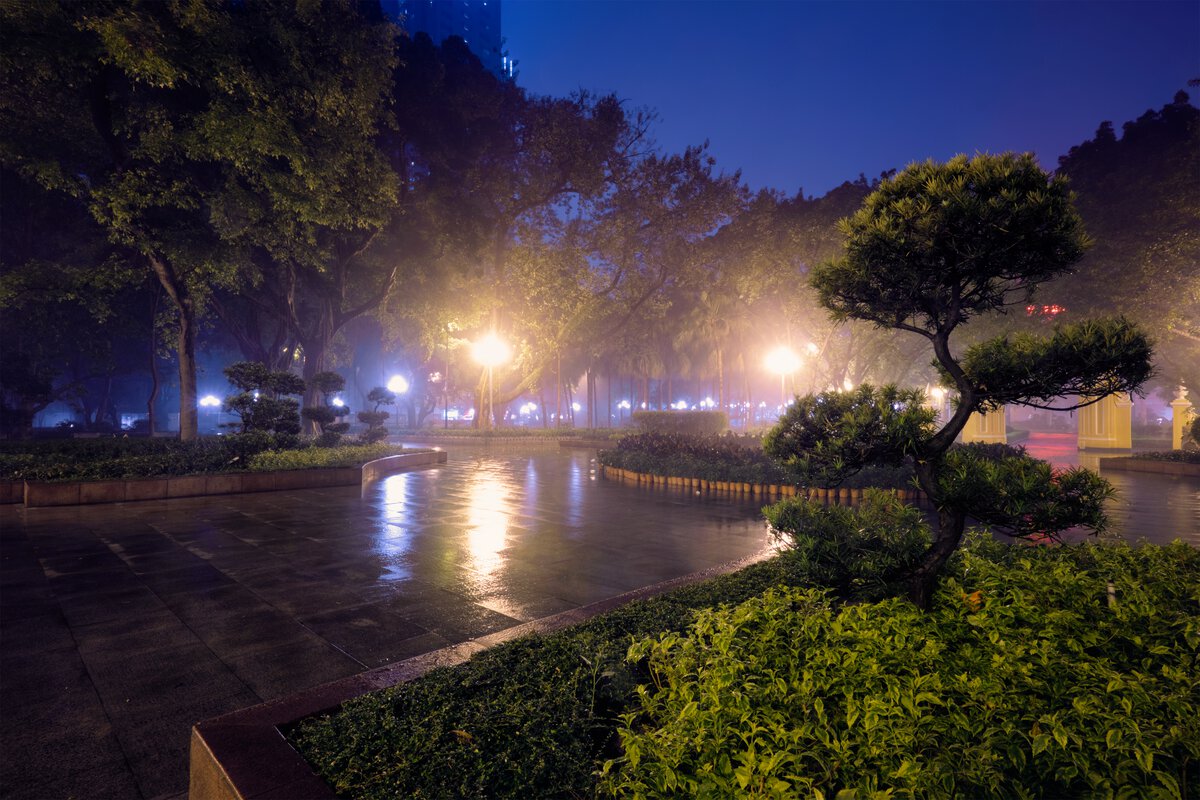
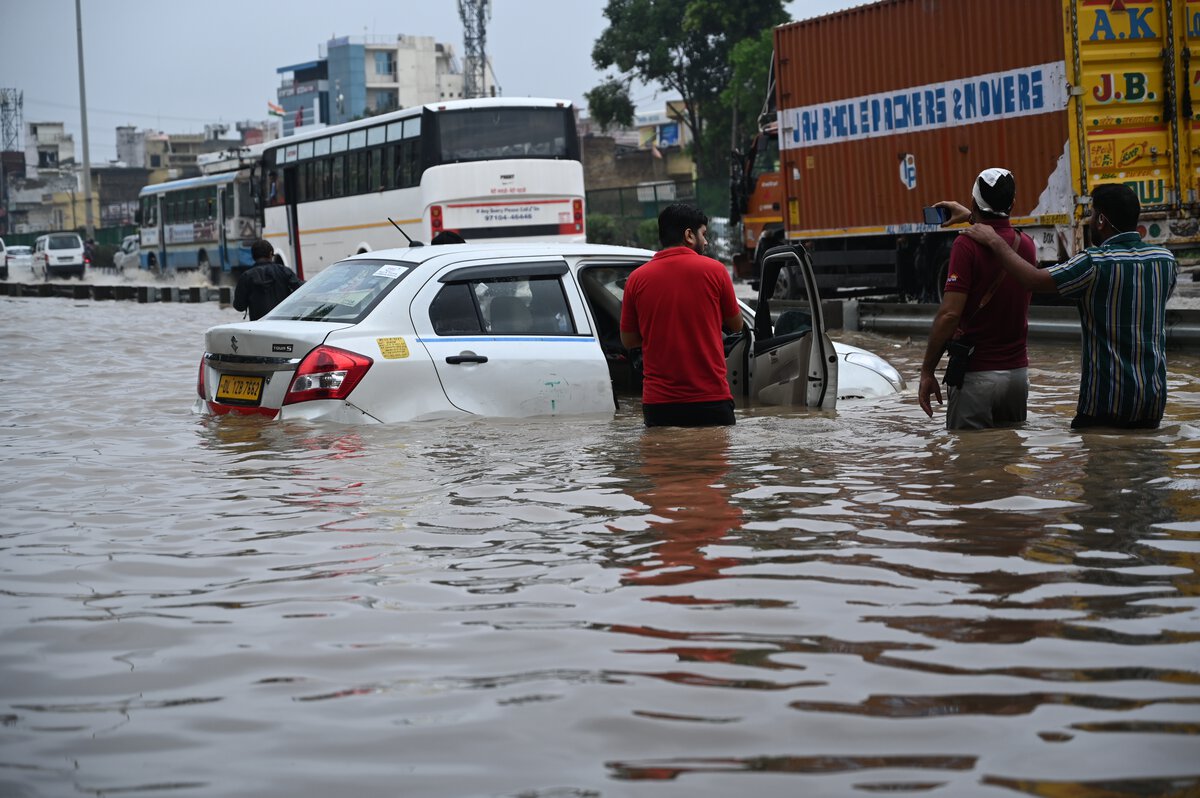
Delhi’s monsoon isn’t always gentle. The city, especially in older parts, sometimes struggles with drainage. This can lead to flood conditions in Delhi, where streets fill up with water within minutes of heavy rainfall.
Areas like Minto Bridge, South Extension underpasses, and parts of Old Delhi are more prone to waterlogging. In severe cases, a flood in Delhi can delay commutes and briefly halt movement in certain sectors.
However, in recent years, civic agencies have improved response times and drainage maintenance. Smart planning, flexible schedules, and route awareness can help you avoid most inconveniences.
If you're visiting Delhi during the monsoon, consider adding a short trip to Agra to your itinerary. The city is just around 242 km from Delhi, which takes roughly 3.5 to 4 hours by road or 2 hours by express train. While you're there, a great place to stay is the Saura Hotel, Agra – A Club Mahindra Associate. This resort in Agra is a comfortable and well-located hotel that offers a relaxing stay with modern amenities, making it a perfect base for exploring the Taj Mahal and other Mughal-era landmarks.
Club Mahindra membership gives you access to over 140+ Club Mahindra resorts across India and abroad. Whether it’s hill stations, beaches, heritage cities, or wildlife escapes, there's a stay option for every kind of traveller. It's a great way to enjoy family vacations with comfort, flexibility, and exclusive member benefits.
Delhi during the monsoon isn’t always convenient, but it’s consistently magical. It’s the season when the city looks softer, sounds quieter, and feels more honest. Monsoon has a way of slowing things down, of making people look up, listen closer, and breathe deeper. Whether you're walking through rain-slicked gardens, listening to the distant thunder from a rooftop café, or simply watching the city blur behind a water-streaked window, you're living a Delhi that tourists rarely see.
Yes, there's the occasional flood situation in Delhi, the frustration of wet shoes, and the unpredictability of the sky. But for every small discomfort, the season returns tenfold in beauty, emotion, and memory. So be ready and stay open to the experience; the rain might just give you a story to remember.
Mahindra Holidays & Resorts India Ltd. (MHRIL), a part of Leisure and Hospitality sector of the Mahindra Group, offers quality family holidays primarily through vacation ownership memberships and brings to the industry values such as reliability, trust and customer satisfaction. Started in 1996, the company's flagship brand ‘Club Mahindra’, today has over 300,000 members , who can holiday at 140+ resorts in India and abroad.
We use cookies to personalise content and to provide you with an improved user experience.By Continuing to browse this site you consent to the use of cookies.Please visit our cookie policy for further details.

Welcome to ClubMahindra.com In order to provide a personalised experience for you, we use cookies to enable some website functionality. Cookies help us see which articles most interest you; allow you to easily share articles on social media channels; permit us to deliver content personalised to your interests and locations; along with many other site benefits. For more information, please review our Cookie Policy
When you visit any website, it may store or retrieve information on your browser, mostly in the form of cookies. This information might be about you, your preferences or your device and is mostly used to make the site work as you expect it to. The information does not usually directly identify you, but it can give you a more personalized web experience. Because we respect your right to privacy, you can choose not to allow some types of cookies. Click on the different category headings to find out more and change our default settings. However, blocking some types of cookies may impact your experience of the site and the services we are able to offer.
Because we respect your right to privacy, you can choose not to allow some types of cookies and you have the right to withdraw your consent by send a mail to email id [email protected]
These cookies are essential in order to enable you to move around the site and use its features, such as accessing secure areas of the site. Without these cookies, services you have asked for cannot be provided.
These cookies allow us to employ data analytics so we can measure and improve the performance of our site and provide more relevant content to you. These cookies don't collect information that identifies a visitor down to an individual level that is available to us. These cookies are not passing personally identifiable information to any external third party other than in limited cases when we engage a service provider to act on our behalf but who is then unable to use the data for their own purposes.
Performance cookies are generally third-party cookies from vendors we work with or who work on our behalf that collect information about your visit and use of the Club Mahindra website, for instance which pages you visit the most often, and if you get error messages from web pages. These cookies don't collect information that identifies a visitor. All information these cookies collect is anonymous and is only used to improve your overall experience on how the website works. Third party vendors may have access to this data and may use it to improve their overall services and offerings.
Functionality cookies allow a site to remember choices you make (such as your user name, language or the region you are in) and provide more enhanced, personal features. These cookies cannot track your browsing activity on other websites. They don't gather any information about you that could be used for advertising or remembering where you've been on the Internet outside our site.
Third-party advertising and social media cookies are used to (1) deliver advertisements more relevant to you and your interests; (2) limit the number of times you see an advertisement; (3) help measure the effectiveness of the advertising campaign; and (4) understand people's behaviour after they view an advertisement. They are usually placed on behalf of advertising networks with the site operator's permission. They remember that you have visited a site and quite often they will be linked to site functionality provided by the other organization. This may impact the content and messages you see on other websites you visit. If you do not allow these cookies you may not be able to use or see certain these sharing tools content on our website.